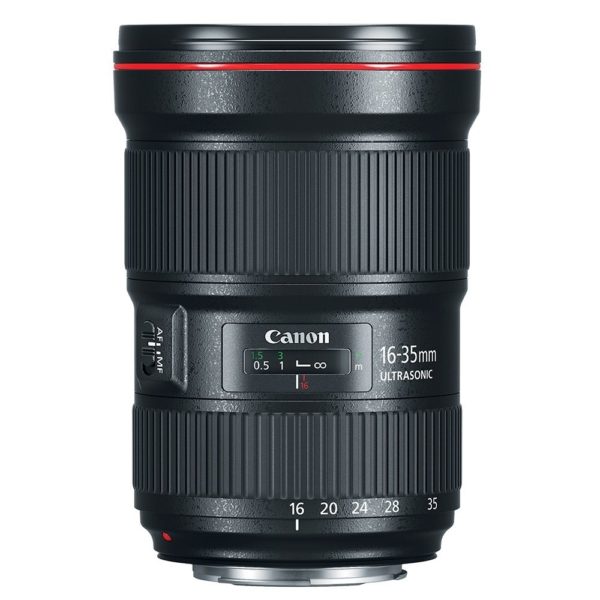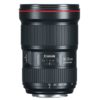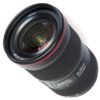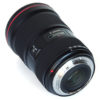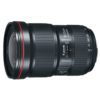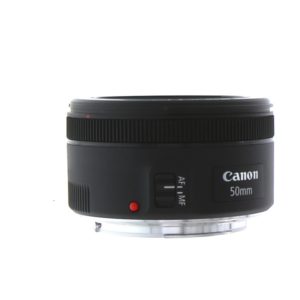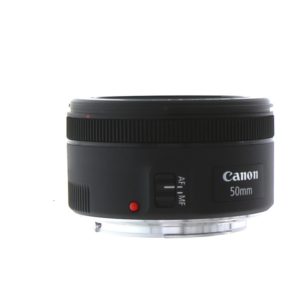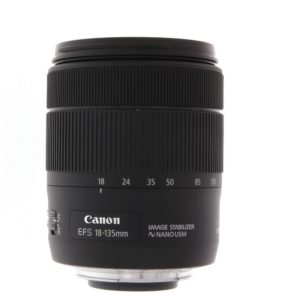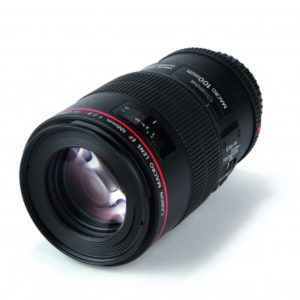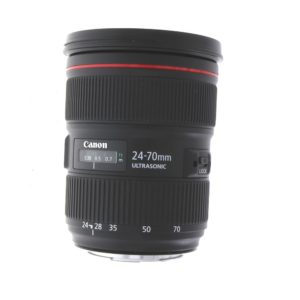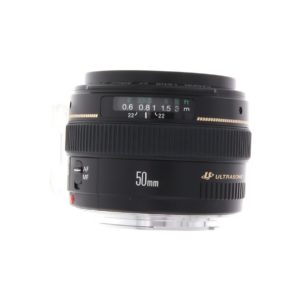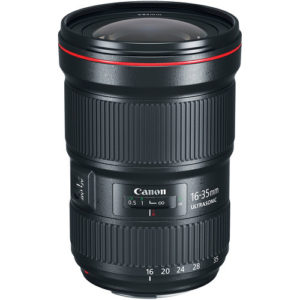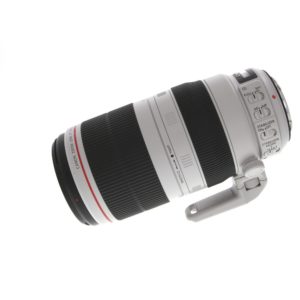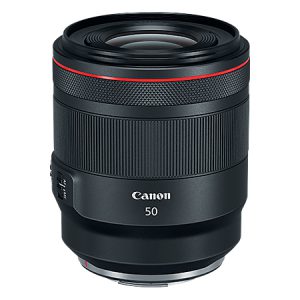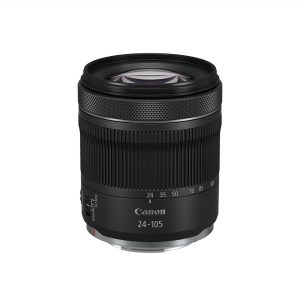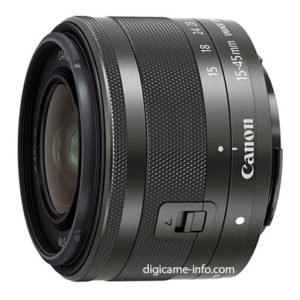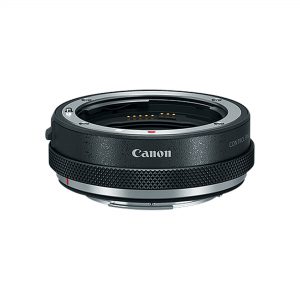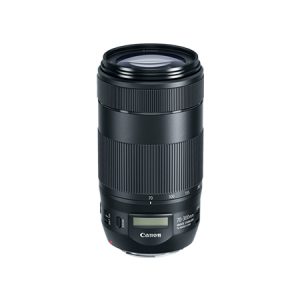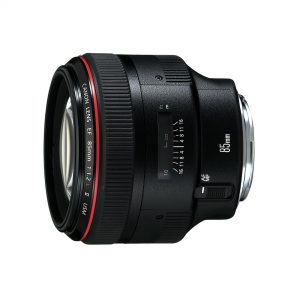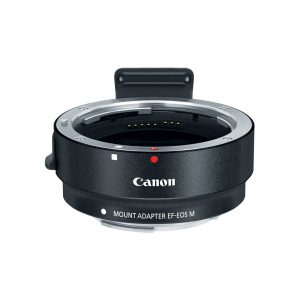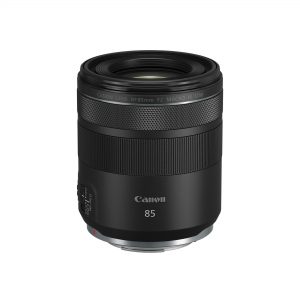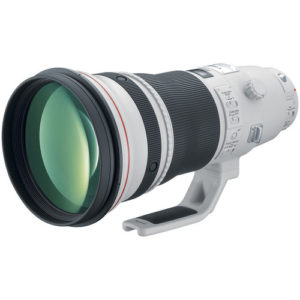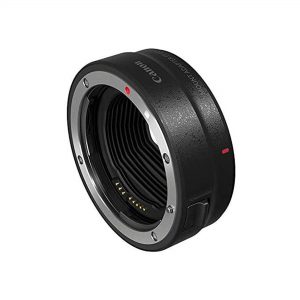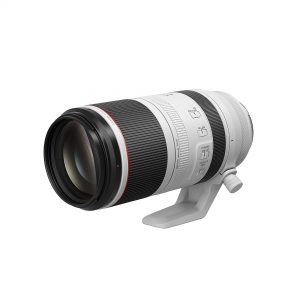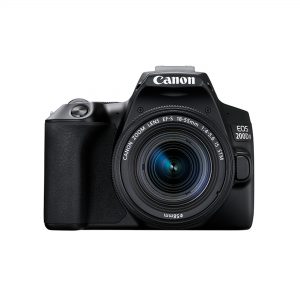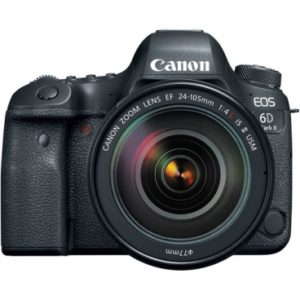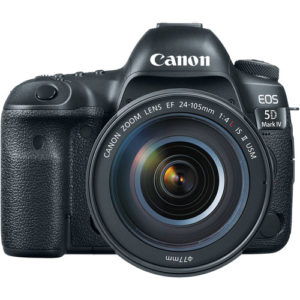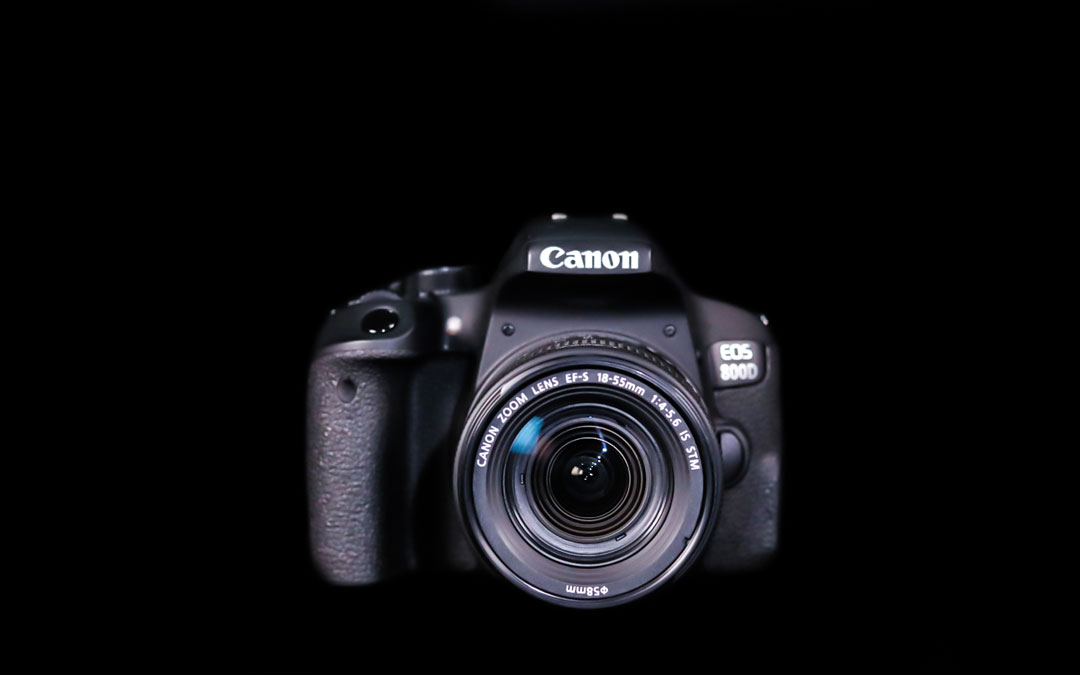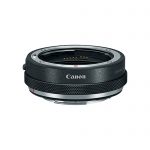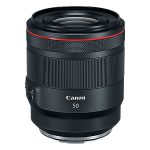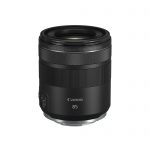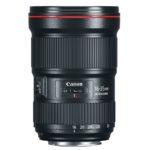Overview
The EF 16–35mm f/2.8L III USM is an indispensable ultra wide-angle zoom lens for professional and enthusiast photographers who demand superlative operation and performance, in virtually any condition. Its 16–35mm focal range provides superb control of perspective, helping you capture pictures and movies with amazing, dramatic compositions limited only by your imagination. Combining outstanding image quality, a fast, constant aperture and a rugged design, the EF 16–35mm f/2.8L III USM delivers eye-catching results whether capturing detailed, nuanced landscapes, dramatic interiors and much more. Both still and moving images can be captured with consistent edge-to-edge sharpness, improved peripheral illumination and reduced distortion at extreme wide angles – especially important when using SLR cameras with full-frame sensors. Engineered with high-resolution photography and videography in mind, the EF 16–35mm f/2.8L III USM provides the optical performance necessary for critical applications, while delivering the renowned function and feel you’ve come to expect from Canon’s celebrated L-series lenses.
Great lens for
Landscape
Photograph sweeping views from hillsides and seascapes to city landmarks and urban landscapes

Low light
Even when conditions aren’t ideal, clearly capture nightlife, firework displays, darker interiors and more

Architecture
Find beauty in structure and bring imposing monuments and sweeping cityscapes to life.



